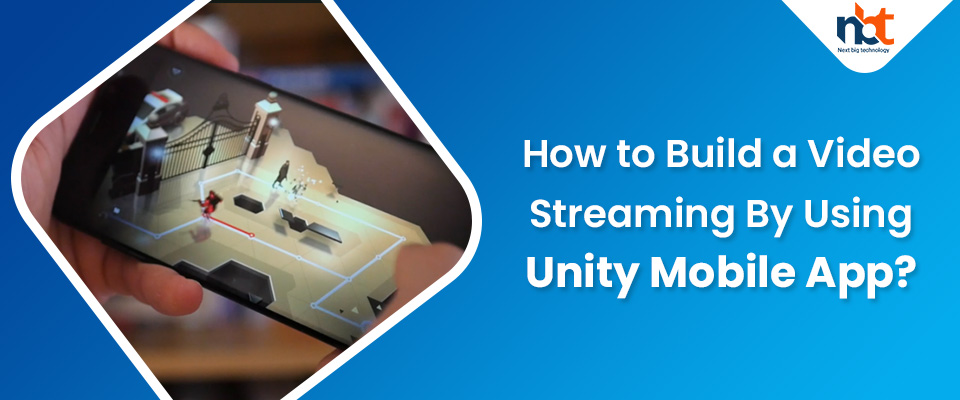All applications become more fun when clients can see and interface with one another. Choices are restricted particularly when utilizing Unity. The most ideal choice is that the mobile app development company experts have found Video SDK for Unity accessible through the Unity Asset Store.
In this guide, the experts have mentioned a step-by-step guide that will help you prepare an amazing video streaming app via the unity mobile app.
Following are the steps for the development of a Video Streaming App Via unity mobile app:
1.Arrangement New Project
To begin, how about we open Unity and make a clear new undertaking and name it NBT Video Demo. When solidarity wraps setting up the venture, we’ll explore the Unity Asset Store and quest for “Marketplace Video SDK”. Next, we’ll Import the NBT.io Video SDK for Unity into our task, when the brief shows up, ensure all the resources in the rundown are chosen.
2.Make Scenes
Presently make another scene and can name it WelcomeScene. After that, double-tap the scene to open it in the Editor see. The WelcomeScene will be the primary screen the clients see once the application loads. To begin we will eliminate the current camera and lights from the scene.
To start with, we will add a Canvas Game Object. Next, how about we add a Camera as an offspring of the Canvas. Since the screen is intended to be shown in 2D, how about we change our editorial manager to 2D mode. How about we additionally switch our Editor see into the Game mode, so we can imagine a situation comparative with the camera see.
3.Handle Button Taps
During the way toward setting up our scenes, we made two catches (JoinButton and LeaveButton) so now we have to make content that will associate a few activities to those catches.
Start by making C# Script in our resources. You can name it ButtonHandler.cs and double-tap it to open the record in Visual Studio. We should add a solitary capacity OnButtonClick() and keep things basic how about we add a Debug Log to the body of our capacity.
Also read: A Complete Guide to Create a Video Game in Unity 3D
4.Actualizing the NBT SDK
To begin we’ll make another C# Script in our resources, name it NBTInterface.cs and open the document in Visual Studio. The primary variable we will make is appId and this will hold our NBT App ID. Pause for a minute to sign in to your NBT Developer Account, duplicate your App ID and glue it into the estimation of appId. We likewise need to make a variable to hold a reference to the NBT RTC Engine, and a placeholder variable for the id of the distant stream.
5.Fabricate and Test on the Gadget (iOS and Android)
It’s, at last, an ideal opportunity to try out our application! How about we return to Unity and open the Build Settings. To start with, we’ll drag the WelcomeScene and ChatScene into the Scene list inside the Build Settings discourse box.
Before we can assemble and send our application we have to make a few changes in accordance with the Player Settings for every stage. We should refresh the Bundle ID and give some context to the camera and receiver utilization depictions (empowers the consent prompts).
Conclusion…
This is how you can prepare a better video streaming app via the unity mobile app. So, you can follow these steps and come up with a better mobile app. For more, you can hire a mobile app developer from Next Big Technology.




















